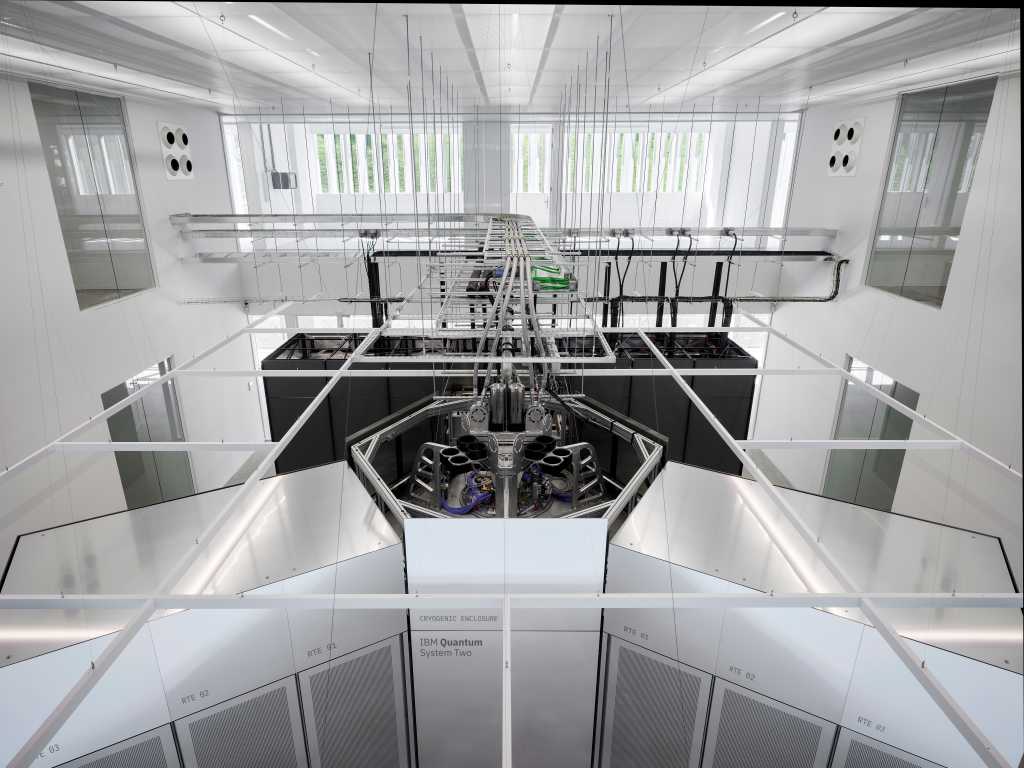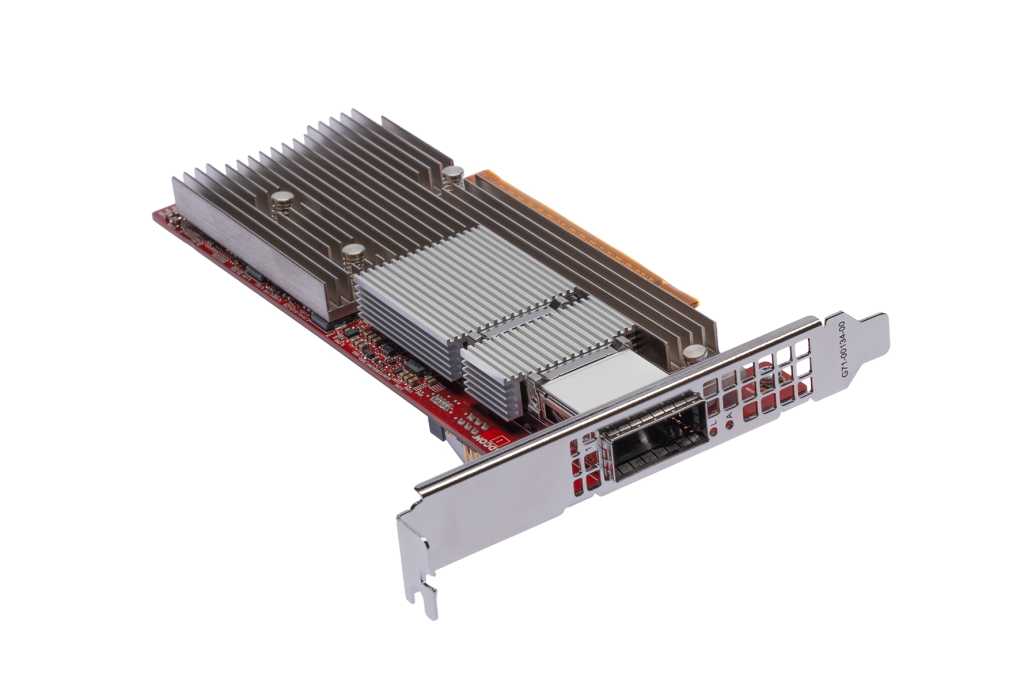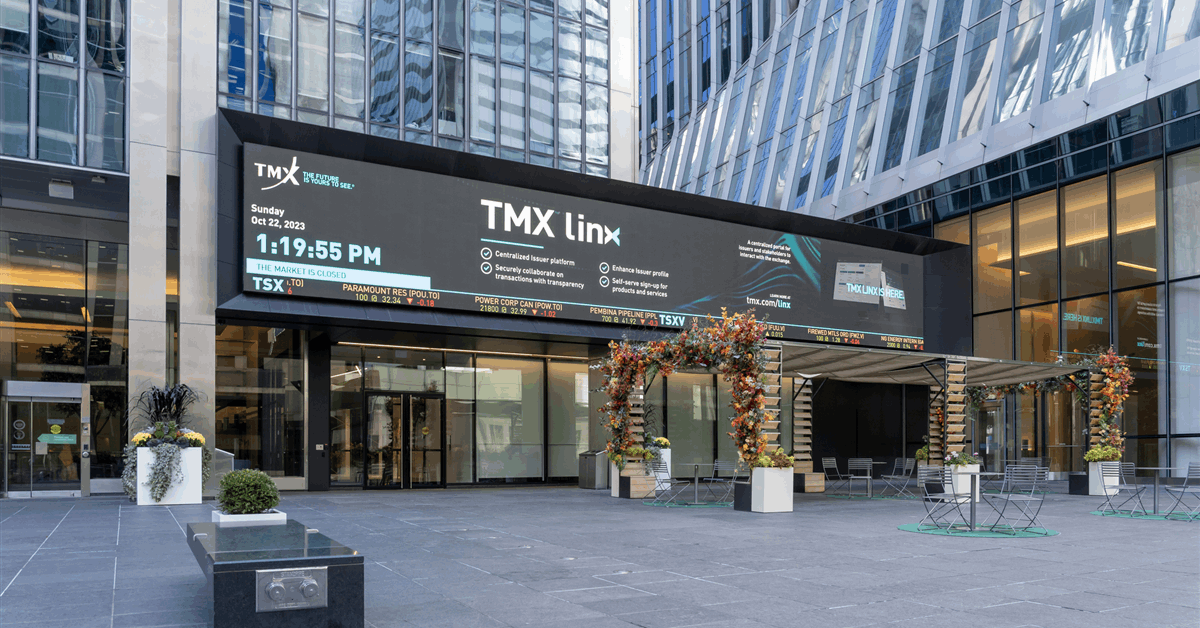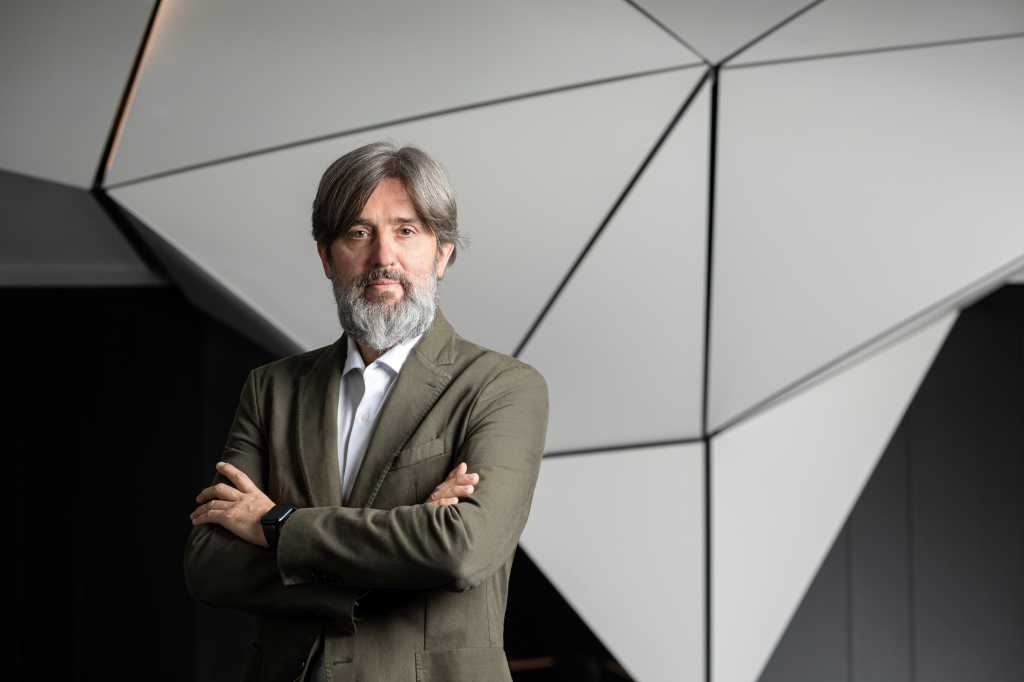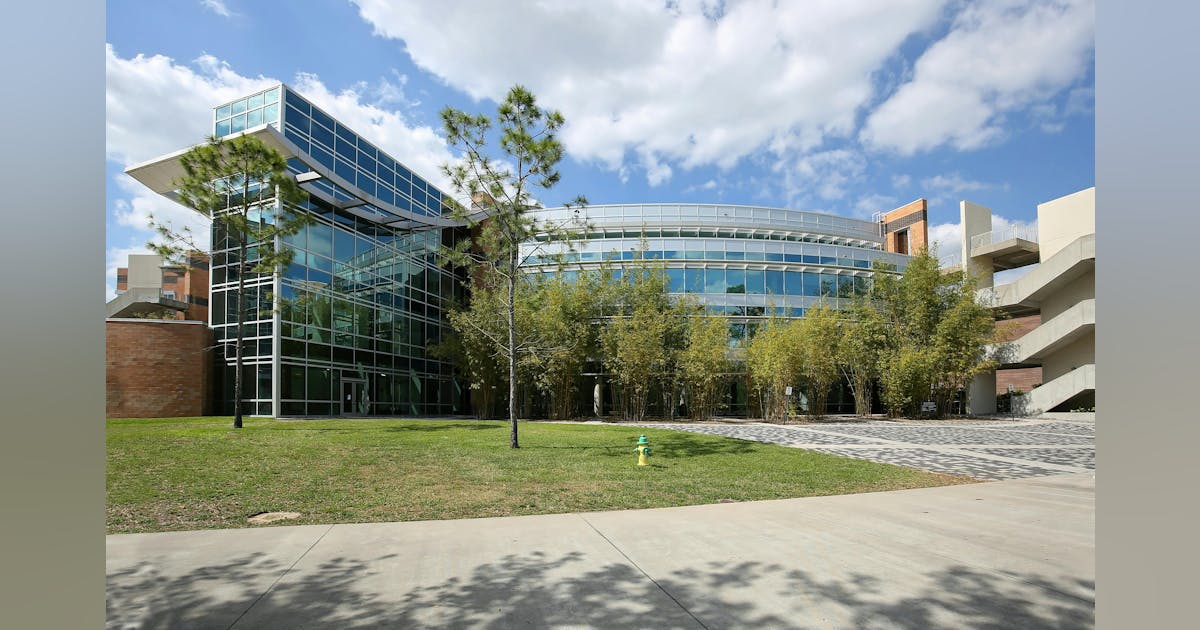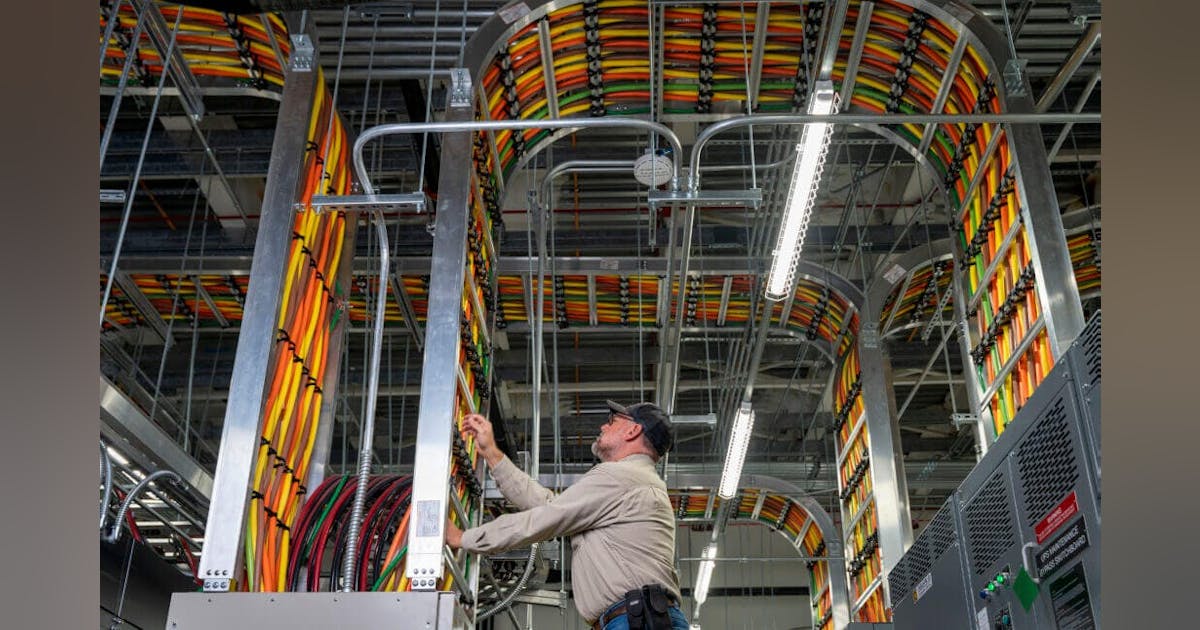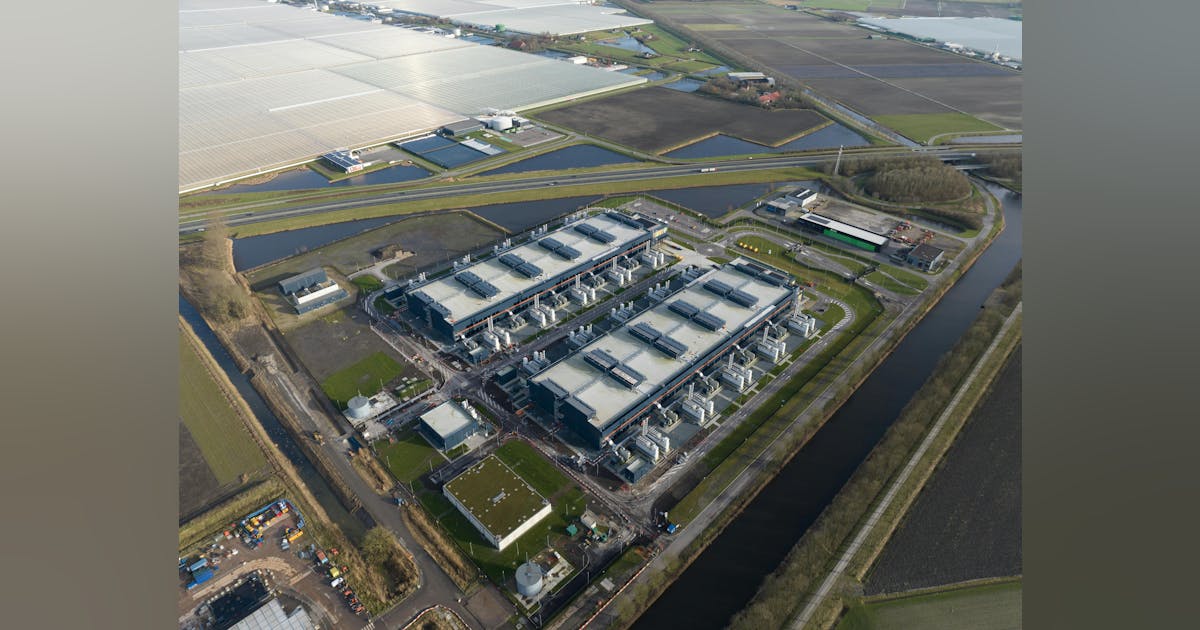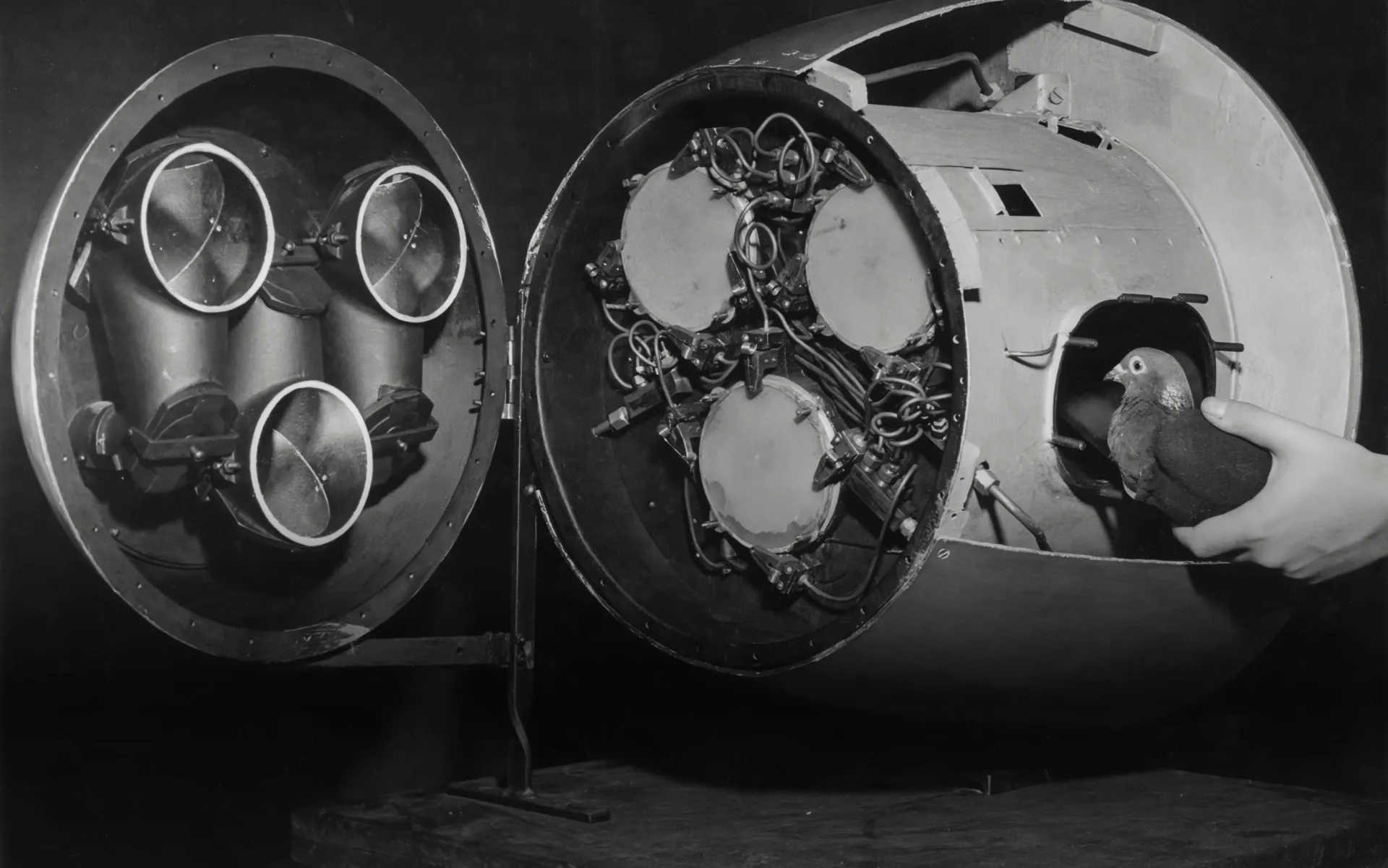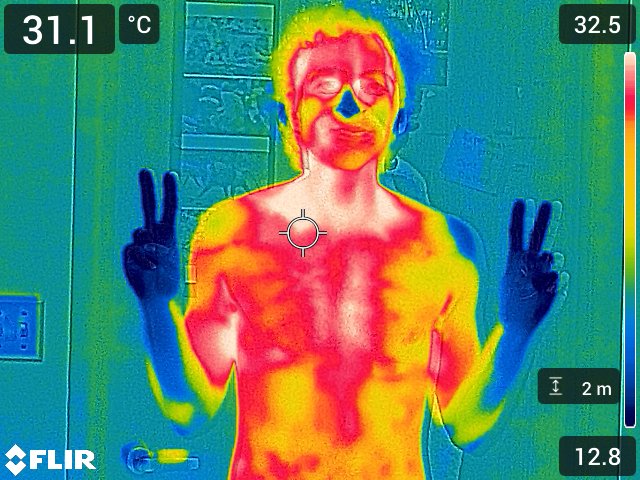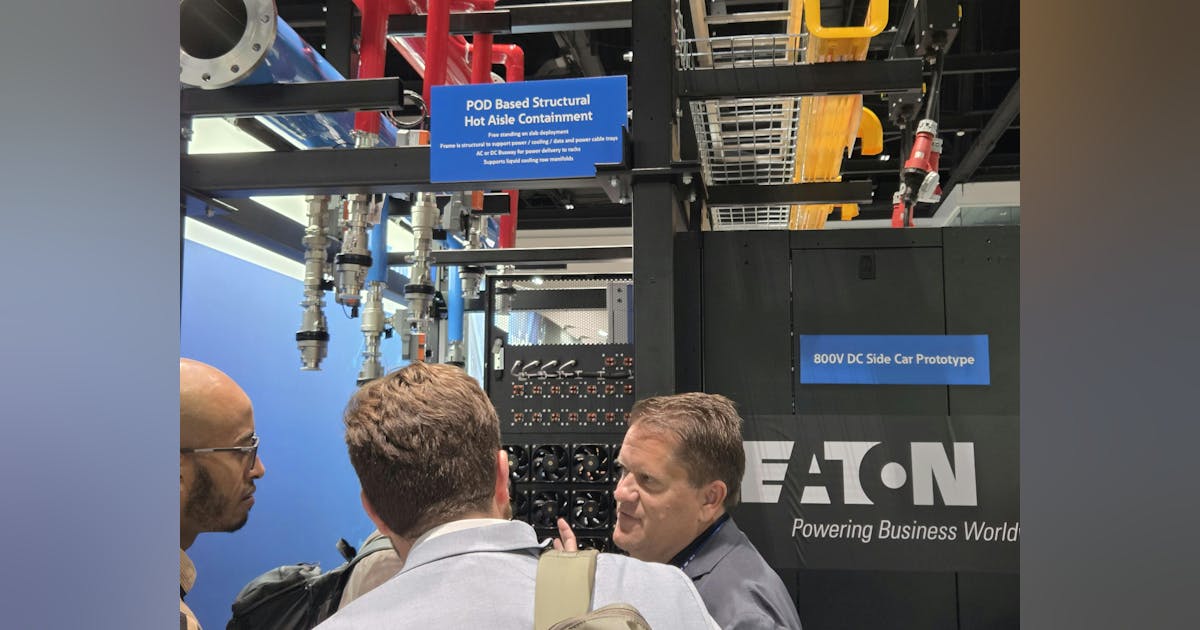
Vendors and operators are already preparing for AI campuses measured in gigawatts. ABB’s announcement underscores the scale of this transition—not incremental retrofits, but entirely new development models for multi-GW AI infrastructure.
How ABB Is Supporting the Move to 800-V DC Data Centers
ABB says its joint work with NVIDIA will focus on advanced power solutions to enable 800-V DC architectures supporting 1-MW racks. Expect DC-rated breakers, protection relays, busways, and power shelves engineered for higher DC voltages, along with interfaces for liquid-cooled rack busbars.
In parallel with the NVIDIA partnership, ABB has introduced an AI-ready refresh of its MNS® low-voltage switchgear, integrating SACE Emax 3 breakers with enhanced sensing and analytics to reduce footprint while improving selectivity and uptime. These components form the foundational building blocks of the higher-density electrical rooms and prefabricated skids that will define next-generation data centers.
ABB’s MegaFlex UPS line already targets hyperscale and colocation environments with megawatt-class modules (UL 415/480-V variants), delivering high double-conversion efficiency and seamless integration with ABB’s Ability™ Data Center Automation platform—unifying BMS, EPMS, and DCIM functions. As racks transition to 800-V DC and liquid-cooled buses, continuous thermal-electrical co-optimization becomes essential. In this new paradigm, telemetry and controls will matter as much as copper and coolant.
NVIDIA’s technical brief positions 800-V DC as the remedy for today’s inefficiencies—reducing space, cable mass, and conversion losses that accompany rising rack densities of 200 to 600 kW and beyond. The company’s 800-V rollout is targeted for 2027, with ecosystem partners spanning the entire electrical stack. Early signals from the OCP Global Summit 2025 confirm that vendors are moving rapidly to align their products and architectures with this vision.
The Demands of Next-Generation GPUs
NVIDIA’s Vera Rubin NVL144 rack design previews what the next phase of AI infrastructure will require: 45 °C liquid cooling, liquid-cooled busbars, and 20× more rack-level energy storage to stabilize power. This close coupling between the compute stack and the powertrain is exactly what ABB aims to engineer at facility scale.
The evolutionary path is clear: today’s GB200 NVL72 racks are already appearing in partner datasheets; the next-generation NVL144 and NVL576 systems will push density dramatically higher, driving facilities toward high-voltage DC distribution and integrated liquid power buses. Hardware activity around the OCP Global Summit 2025 reflects how ecosystem partners are rapidly iterating to meet this vision.
Rethinking the Power Chain from Grid to Rack
The shift to 800-V DC requires re-examining every layer of the electrical chain—from the grid interconnect down to the rack. Key benefits include:
-
Higher efficiency: Fewer conversion stages and reduced I²R losses at higher voltages, cited by NVIDIA as a primary driver for 1-MW racks.
-
Smaller electrical rooms: Less copper, fewer PSUs, and more compact LV gear—ABB’s refreshed MNS/Emax 3 platform directly supports this footprint reduction.
-
Thermal-power co-design: Rack-level liquid-cooled busbars and higher-temperature liquid loops improve exergy and enable heat reuse but require tight synchronization between electrical and thermal controls. NVIDIA’s specifications highlight 45 °C coolant and integrated energy storage—areas where ABB’s automation stack provides a natural interface.
Toward Modular, Factory-Integrated Power Blocks
Guidance from OCP 2025 and ongoing ecosystem discussions point toward prefabricated skids and pods that combine rectification, protection, energy storage, and CDUs as factory-integrated blocks. Vendors with experience in modular platforms will have a clear advantage as companies such as ABB and its competitors begin to productize pre-configured power modules as scalable building blocks for 800-V DC data centers.
What Else the ABB–NVIDIA Partnership Will Bring
Reference Designs and Ecosystem Integration
ABB expects to publish reference designs and product SKUs aligned with NVIDIA’s MGX and NVL rack families. Look for named reference architectures—including MV-to-800-V DC power blocks, DC protection schemes, liquid-cooled busways, and integration handbooks—developed through joint R&D initiatives to “develop and deploy cutting-edge power solutions” for NVIDIA’s 800-V era.
Advancing Standards and Protection Schemes
Expect major progress around DC protection coordination, including fault detection, arc-flash mitigation, and selectivity for 800-V DC operation. ABB’s SACE/Emax digital switchgear lineage positions it to become a template for 800-V DC selectivity curves and event forensics, giving the industry a starting point for consistent protection frameworks.
Thermal–Electrical Convergence
As NVIDIA’s racks adopt liquid-cooled busbars and higher liquid setpoints, facilities teams will need to co-optimize cooling-distribution units (CDUs), secondary loops, and electrical transients. ABB is expected to package coordinated control systems linking rack-level energy storage, UPS behavior, and CDU setpoints, allowing AI clusters to ride through micro-sags or switching events without throttling GPUs.
Industry Momentum Around 800-V DC
The broader ecosystem is rallying behind this voltage class. **Component vendors—spanning power semiconductors, PSUs, and busbar manufacturers—**are unveiling OCP 2025 prototypes and white papers focused squarely on 800-V HVDC for AI infrastructure. Across OCP updates and vendor releases, the message is consistent: 1-MW racks are no longer hypothetical—they are the design baseline for the AI era.
What This Means for the Industry
NVIDIA’s move to 800-V DC distribution marks the clearest signal yet that AI data centers are being redesigned around power first. The electrical architecture is no longer a supporting system—it’s the defining constraint and enabler of scale.
By partnering with ABB, NVIDIA gains a proven industrial collaborator to productize the full electrical and controls stack—from protection and switchgear to UPS, automation, and modular integration. This partnership bridges the gap between AI system design and the physical power infrastructure required to realize it at gigawatt scale.
Over the next two years, expect to see reference designs, prefabricated power blocks, and DC-ready switchgear and UPS platforms roll out in concert with NVIDIA’s NVL and MGX rack families, setting the stage for 2027-era 800-V deployments and the broader industrialization of AI factory design.


